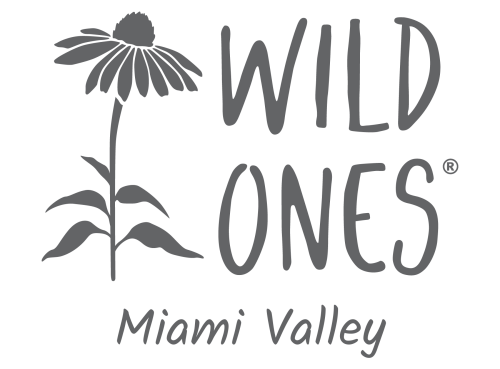by Katie McNeil
Last fall I gave my two grandchildren small pails to help me collect seeds from the various species of milkweed we have on our property edges and in the native plant gardens at the White Garden Inn.

There are many native species of milkweeds. Each with different leaf and flower structure and colors. In SW Ohio we have four. The common milkweed (Asclepias syriaca) found in fields is 3-4 ft tall with pinkish flowers and large pods. The swamp milkweed (A. incarnata) has a thinner pod and grows in lower wetter areas. The butterfly milkweed (A. tuberosa) and the whorled milkweed (A. verticillate) are more likely found in garden centers for more ornamental planting. The milkweed is a perennial that grows back each year. I plant milkweeds in every flower bed and their root systems even take them into the gravel parking lot. They are colorful and provide food for many insect pollinators and hummingbirds!
Monarch butterflies only deposit their eggs on the milkweed as the caterpillars feed on the milky sap and their foul taste deters predators from eating them. This sap can be irritating to the skin and is toxic to humans and many animals. I worry each summer when the small and large milkweed bugs (black with a reddish-orange x on their backs) devour the milkweed leaves. These as well as the milkweed tussock caterpillars are native insects that do contribute to other food chains. The Monarch Watch organization out of the University of Kansas helps with study of migration and Monarch populations.
The grandchildren have helped catch and tag and release Monarchs in these national efforts to study migration. They know to hunt in the fall for Monarch caterpillars as the butterflies returning south lay eggs on milkweeds for another generation of the species. The caterpillars are put into an old aquarium with a screen lid to form chrysalis. Within a week, new butterflies emerge to tag and release. Knowing the migration cycles alerts you to be on the watch for monarchs.
In December 2024, the U.S. Fish and Wildlife Service announced a proposal to list the Monarch as threatened under the Endangered Species Act. They identified the need to increase the availability of milkweed and nectar plants; to protect and enhance overwintering habitat; to reduce the negative impacts of pesticides; and maintain public support for Monarch conservation.
The Monarch Joint Venture is another website to visit to learn about what Federal and State agencies in the country are doing to help the Monarchs. They have a monthly webinar (one hour) to share research and things to do to plant milkweeds and help the Monarchs.
I was hoping to share seeds, but it was too fun to pull the silky feathers attached to the seeds from the pods and just watch them fly. With a renewed interest in planting native plants for pollinators, milkweed plants and seeds are found in area nurseries, seed libraries and seed catalogs.
About the Author
Katie McNeil returned to Oxford nearly fifty years after studying botany at Miami University. She
has lived in six states with careers in education and business. Visiting gardens around the world
has been of particular interest through the years and she now enjoys evolving the gardens of
the White Garden Inn. Katie is currently a member of the local Des Fleurs Garden Club of
Oxford, the Miami Valley Wild Ones and the Miami Valley Audubon.
